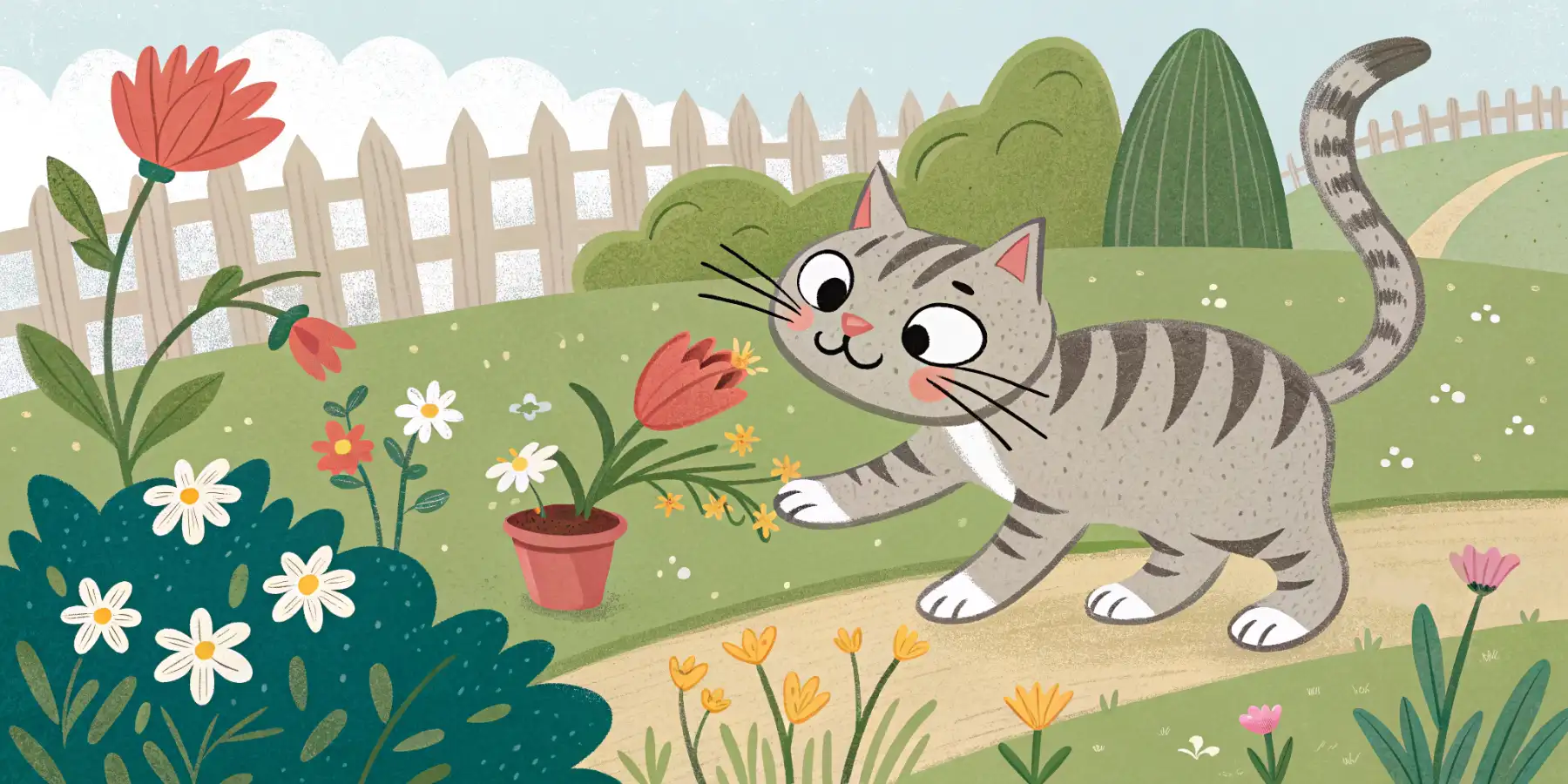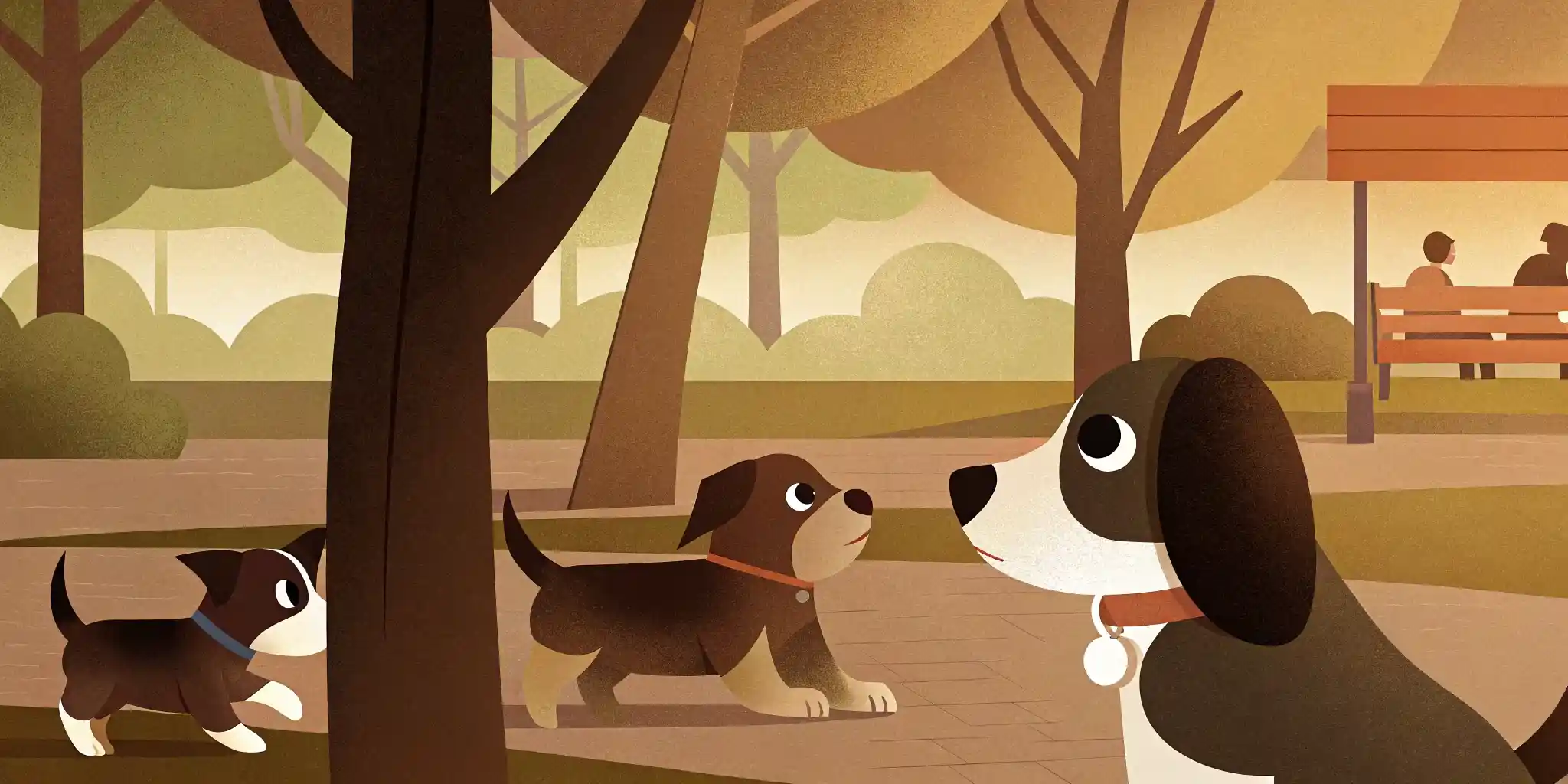
Puppy Socialization: Your Guide to Happy, Confident Pups
Pet biting during play? Ouch! Learn fun, effective tips to redirect playful nips and scratches. Happy playtime starts here! #petbehavior
Playtime Fundamentals: Encouraging Appropriate Play (No Biting Hands!)
Playtime is essential for our furry companions. It’s not just about burning off energy; it’s crucial for their mental stimulation, social development, and overall well-being. But what happens when playtime becomes a little too enthusiastic? We’re talking about those playful nips, scratches, and, yes, even those dreaded hand bites. Let’s dive into the fundamentals of encouraging appropriate play and keeping those precious hands safe!
Why is Playtime Important?
Think of play as your pet’s way of exercising their natural instincts. For cats, it might be mimicking hunting behavior – stalking, pouncing, and batting. For dogs, it could be chasing, retrieving, or even a friendly game of tug-of-war. This simulated hunting and social interaction is vital.
- Physical Health: Play burns calories, strengthens muscles, and improves coordination.
- Mental Stimulation: Prevents boredom and reduces the likelihood of destructive behaviors stemming from pent-up energy.
- Socialization: Allows pets to learn appropriate social cues and interactions, especially important for puppies and kittens.
- Bonding: Playtime is a fantastic opportunity to strengthen the bond between you and your pet.
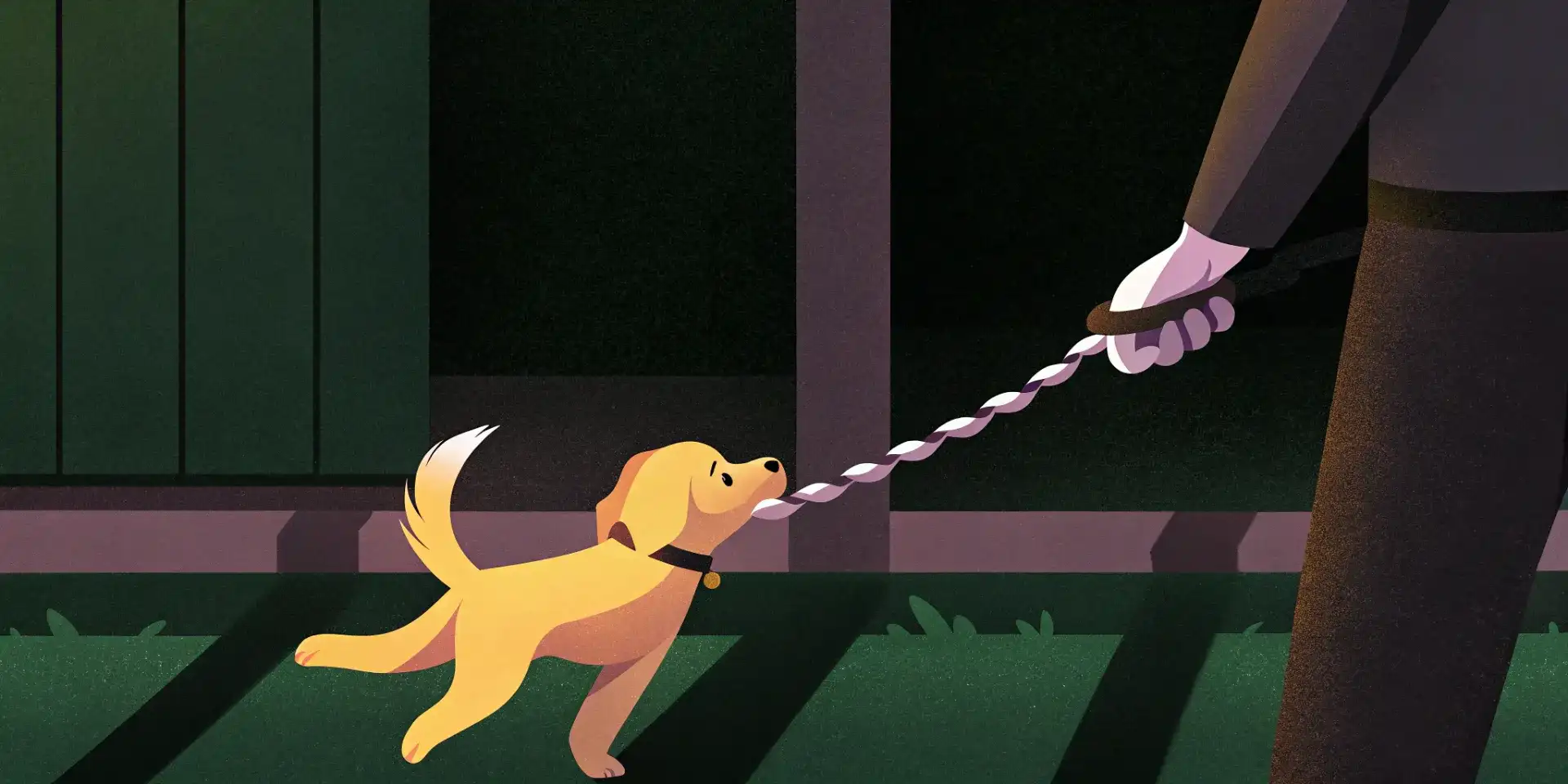
Golden Retriever puppy engaging in a healthy game of tug-of-war with its owner. A great way to encourage appropriate play behavior.
Understanding the “Biting” Behavior
Before you start scolding your pet, it’s crucial to understand why they’re nipping or biting. It’s rarely out of malice. More often than not, it’s a result of:
- Overstimulation: Just like toddlers, pets can get overexcited during play, leading to a loss of control.
- Teething (Puppies and Kittens): Teething can be uncomfortable, and chewing provides relief. Hands are often readily available and tempting targets.
- Lack of Bite Inhibition: Puppies and kittens learn bite inhibition from their mothers and littermates. If they were separated too early, they might not have fully developed this crucial skill.
- Accidental Nips: Sometimes, it’s simply an accident. Your pet might get carried away and misjudge their strength.
Setting Boundaries: No Hands Allowed!
This is where we get down to the nitty-gritty. Teaching your pet that hands are not toys is paramount. Here’s how:
-
Avoid Hand Play from the Start: This is the golden rule. Never use your hands or fingers as toys, especially with puppies and kittens. No wrestling with hands, no finger-chasing. I believe that starting early with this is the most effective way to prevent future biting issues.
-
Redirect, Redirect, Redirect: If your pet starts to nip or bite, immediately redirect their attention to an appropriate toy. Have a variety of toys readily available during playtime. A squeaky toy, a chew toy, or a fetching toy are all good options. This works especially well if you’re looking for solutions for puppy biting hands.
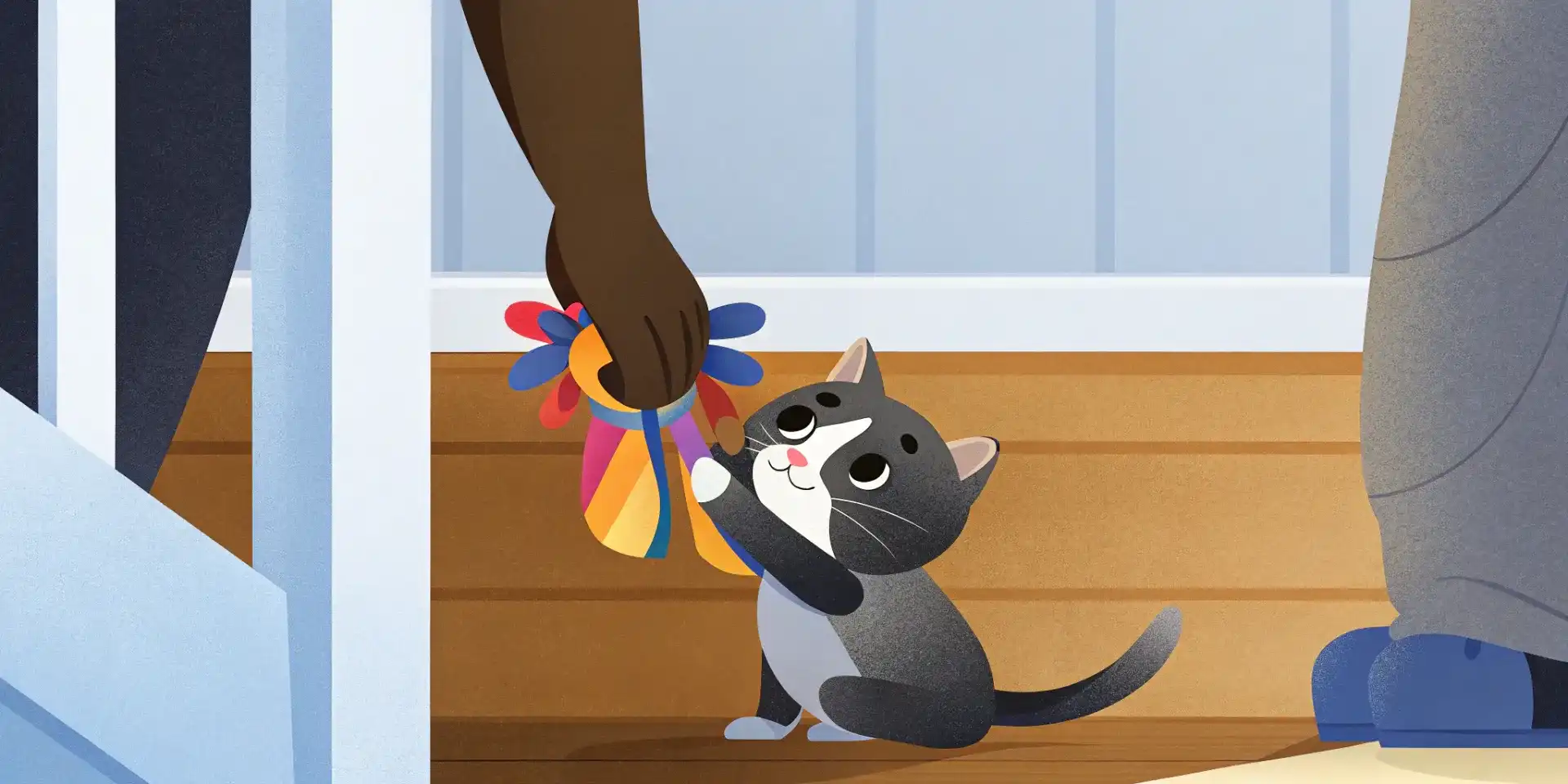 Playful kitten focusing on a plush toy, demonstrating redirection during playtime.
Playful kitten focusing on a plush toy, demonstrating redirection during playtime. -
The “Ouch!” Technique: If redirection doesn’t work, try a loud, high-pitched “Ouch!” or “Ah-ah!” This mimics the sound a puppy or kitten would make if they were bitten too hard by a littermate. It should startle them and interrupt the behavior. Follow this up immediately with ignoring them for a short period (10-20 seconds).
-
Time-Outs: If the biting persists, calmly end the play session and remove yourself from the situation. This shows your pet that biting results in the fun stopping. Don’t engage with them until they’ve calmed down. This is a helpful strategy for managing aggressive play in cats as well.
-
Positive Reinforcement: When your pet plays appropriately with toys, shower them with praise and rewards. This reinforces the desired behavior. Use treats, verbal praise, or a gentle pat – whatever motivates your pet.
Choosing the Right Toys
The type of toys you offer can also influence your pet’s play behavior.
- Dogs: Consider toys that cater to their breed and play style. Chasers benefit from balls and frisbees, while retrievers love fetch toys. Tug-of-war toys are great for building strength, but make sure to set clear rules and avoid overly aggressive play.
- Cats: Cats enjoy a variety of toys, including wands with feathers or ribbons, toy mice, and puzzle toys. Rotate toys regularly to keep them interested.
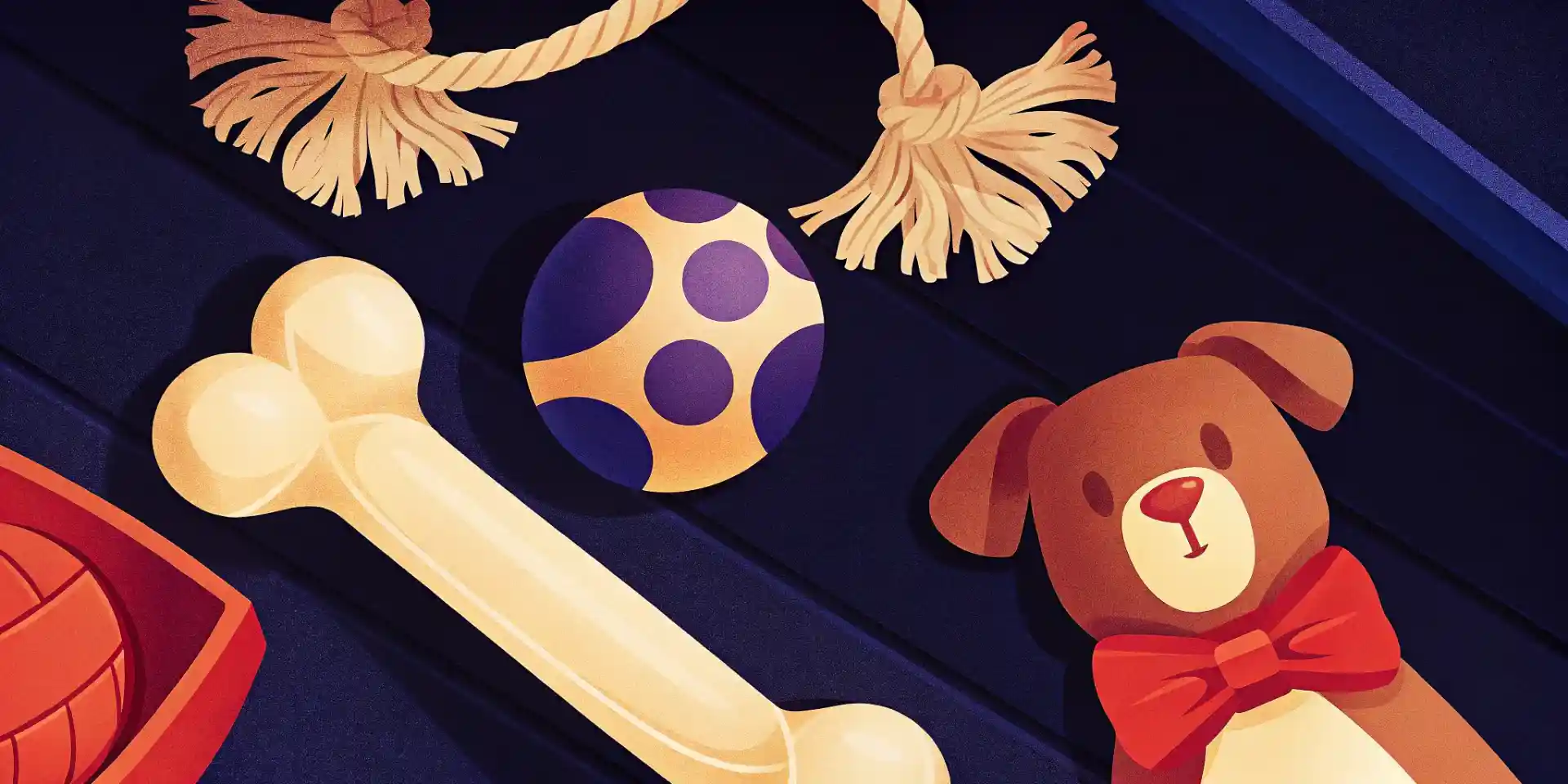
A variety of dog toys to keep your canine companion entertained and promote healthy play habits.
When to Seek Professional Help
If biting becomes frequent, severe, or accompanied by other concerning behaviors, it’s crucial to consult with a veterinarian or a certified professional dog trainer or animal behaviorist. They can help identify any underlying medical or behavioral issues and develop a tailored training plan to address the problem. Persistent biting problems with puppies might require professional intervention.
In my experience, consistency and patience are key. It takes time and effort to teach your pet appropriate play behavior. But with a little dedication, you can ensure that playtime remains a fun, safe, and enjoyable experience for both you and your furry friend. Remember to always prioritize safety and focus on building a positive and trusting relationship with your pet!


